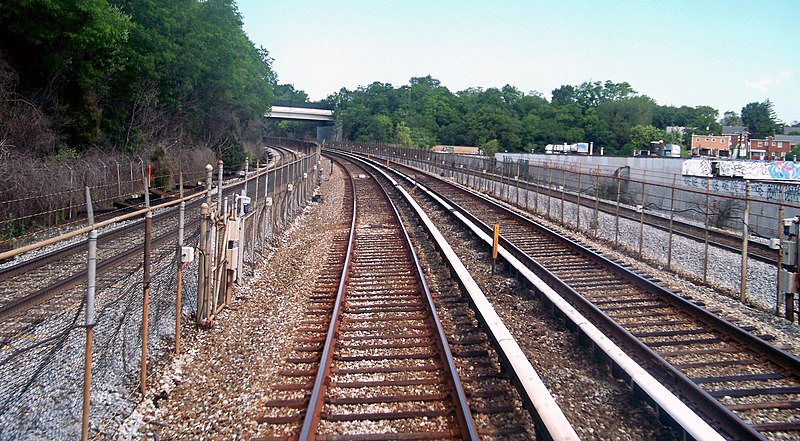This post originally appeared on Orphan Road.
Nice to see, via hugeasscity, a “virtual online meeting” being hosted by the Seattle Planning Commission.
Hugeasscity notes, correctly, that such town-hall-type meetings are (often) “boring,” and it’s nice to be able to do one in your spare time without having to traipse to the local gym or community center and sit on uncomfortable chairs for two hours.
Interestingly, this “virtual meeting” is not really a meeting at all, but rather a fairly straightforward online survey. I guess they thought they could get more attention by calling it a “virtual meeting.”
However, this does raise the question: why aren’t there more actual virtual meetings on government websites? If the planning commission wanted to actually host a community meeting (instead of a survey), they could have put the video up on their site and put up a normal blog comments section to accompany it. My guess is that that would never fly, though. Governments are deathly afraid of putting user-generated content on their site (no comments allowed on the White House blog and YouTube channel, for example).
But why not? Anyone can stand up at a government-sponsored community meeting and spew all sorts of B.S. Often those meetings are transcribed, and the comments are put up on the web. What’s the difference between that and just letting citizens comment (publicly) directly on the site? If someone’s crazy and easily dismissed, it’s obvious, just as it is in the real world.













